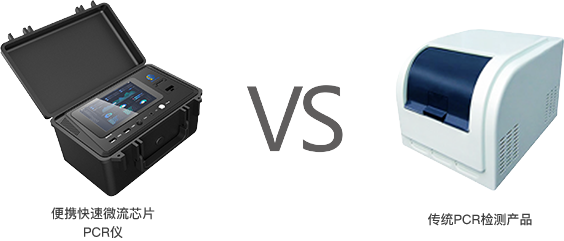- 基础技术介绍
-
 PCR technology
PCR technology
Polymerase chain reaction (Polymerase Chain Reaction, referred to as PCR), refers to the DNA polymerase catalyzed by the parent strand DNA as a template, with specific primers as the starting point for extension, replication through denaturation, annealing, extension (elevating temperature reaction) and other steps The process of extracting the daughter strand DNA complementary to the mother couplet template realizes the massive replication of genes in vitro.
-
 Microfluidic Technology
Microfluidic Technology
The microfluidics (Microfluidics) proposed in the early 1980s is a technology to study the processing and manipulation of fluids at the μm-mm scale. Our team is one of the first laboratories to study this technology in China. After nearly 10 years of research, Research, 58 related academic papers have been published.
-
 Microfluidic Chip Technology
Microfluidic Chip Technology
Usually called a lab-on-a-chip (lab-on-a-chip), it integrates a series of basic operating units involved in biochemistry on a micron-sized chip, forming a network of microchannels, and controlling fluid throughout the entire system. It has the advantages of portability and low energy consumption, and can meet the needs of life sciences for low-dose, more efficient, and highly sensitive analysis of biological samples.
 PCR technology
PCR technology
![[content:title]](/static/upload/image/20200726/1595729907188754.png)
 Microfluidic Technology
Microfluidic Technology
![[content:title]](/static/upload/image/20200726/1595729966817856.png)
 Microfluidic Chip Technology
Microfluidic Chip Technology
![[content:title]](/static/upload/image/20200726/1595730055880974.png)
 Microfluidic Chip Technology
Microfluidic Chip Technology
 Silicon-Based Thin Film Microheater
Silicon-Based Thin Film Microheater
 Integrated Reaction Reagent Technology
Integrated Reaction Reagent Technology
 Multi-channel Miniaturized Fluorescence Acquisition System
Multi-channel Miniaturized Fluorescence Acquisition System
 Artificial Intelligent Imaging Technology
Artificial Intelligent Imaging Technology
